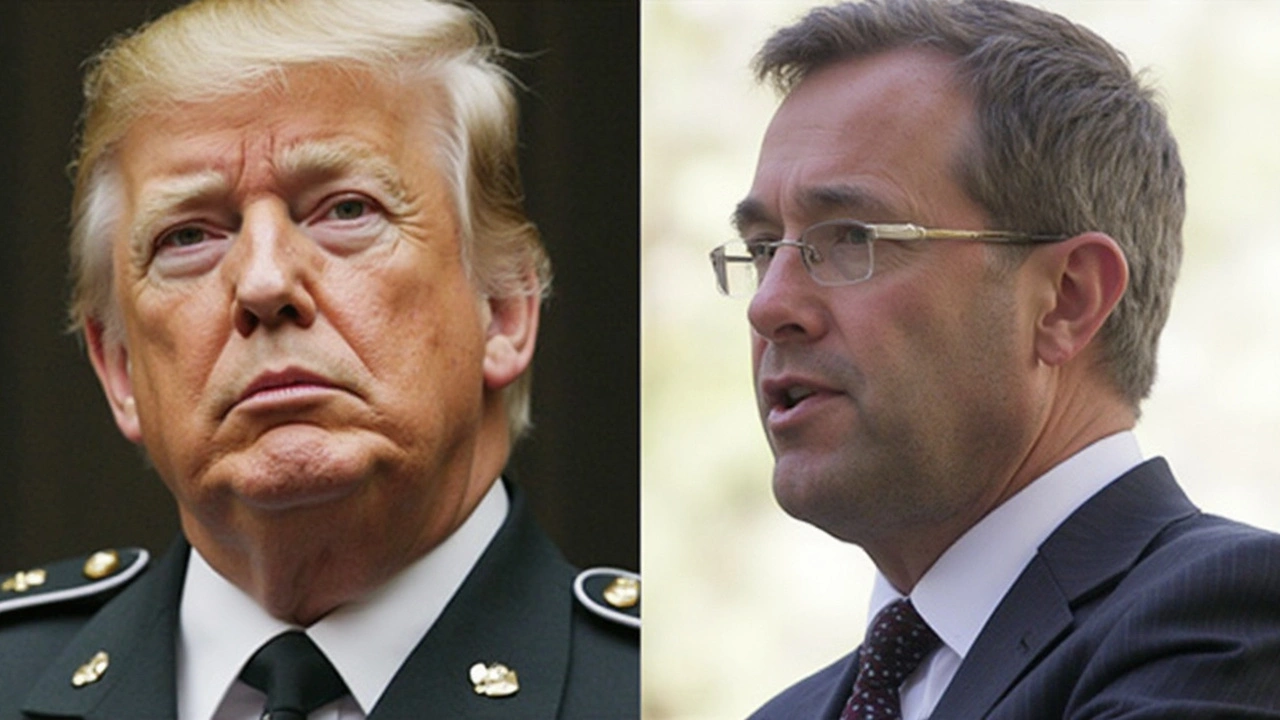Nuclear Communication: Simple Guide to How It Works
When you hear the word "nuclear," you might think of power plants or weapons. But there’s another side – the way information travels using nuclear technology. This isn’t sci‑fi; it’s real, practical, and affecting many areas of life.
At its core, nuclear communication means sending data through particles or radiation that come from nuclear reactions. Think of it like using a flashlight beam to pass a secret code – except the beam is made of gamma rays or neutrons. Because these particles can go through thick metal and soil, they’re useful where regular radio waves fail.
How the Signal Gets Across
There are two common methods. The first uses a tiny source that emits gamma rays. A detector on the other side reads tiny changes in the ray’s energy, turning those changes into bits of information. The second method relies on neutron pulses. A pulse is sent, hits a material, and the reflected neutrons are captured by a sensor. By tweaking the timing of the pulses, you can encode data.
Both ways need very precise equipment, but the payoff is huge. The signal can travel kilometers underground, through water, or even inside a sealed container. That’s why the military, oil‑and‑gas industry, and scientists love it.
Why We Use It – Real‑World Benefits
In safety, nuclear communication helps monitor reactors without opening them. Sensors placed inside a reactor send out radiation that tells engineers if temperatures or pressures go off track. This reduces the need for risky manual checks.
In exploration, companies drilling for oil use gamma‑ray tools to map rock layers while drilling. The tool sends a signal, the rock reflects it, and the data is read back instantly. It speeds up decisions and cuts down costs.
Researchers also use it for underground imaging. By sending neutrons into the ground and analyzing what comes back, they can spot hidden cavities, water tables, or even archaeological sites without digging.
Of course, there are concerns. Handling radioactive sources needs strict safety protocols, and the public worries about exposure. That’s why every system includes shielding, automatic shut‑offs, and continuous monitoring.
Overall, nuclear communication is a niche but powerful way to get data where other methods fail. It blends physics with practical engineering, making it possible to keep reactors safe, find resources faster, and explore hidden parts of the Earth.
If you’re curious about the technology behind the scenes, keep an eye on news from nuclear labs and energy firms – they’re constantly improving the hardware, making it smaller, cheaper, and safer. The next breakthrough could bring this kind of communication into everyday use, like monitoring building structures or securing high‑value shipments.
So next time you hear "nuclear," remember it’s not just about power or weapons. It’s also about a clever way to send messages through the toughest environments on the planet.
